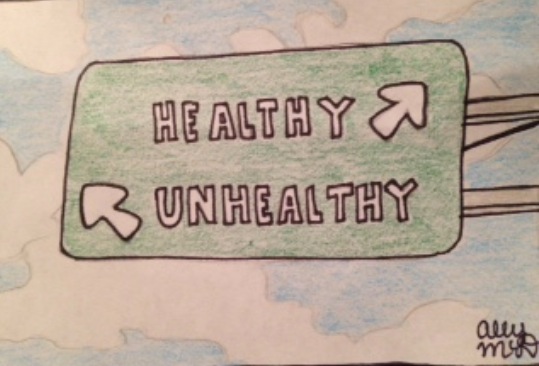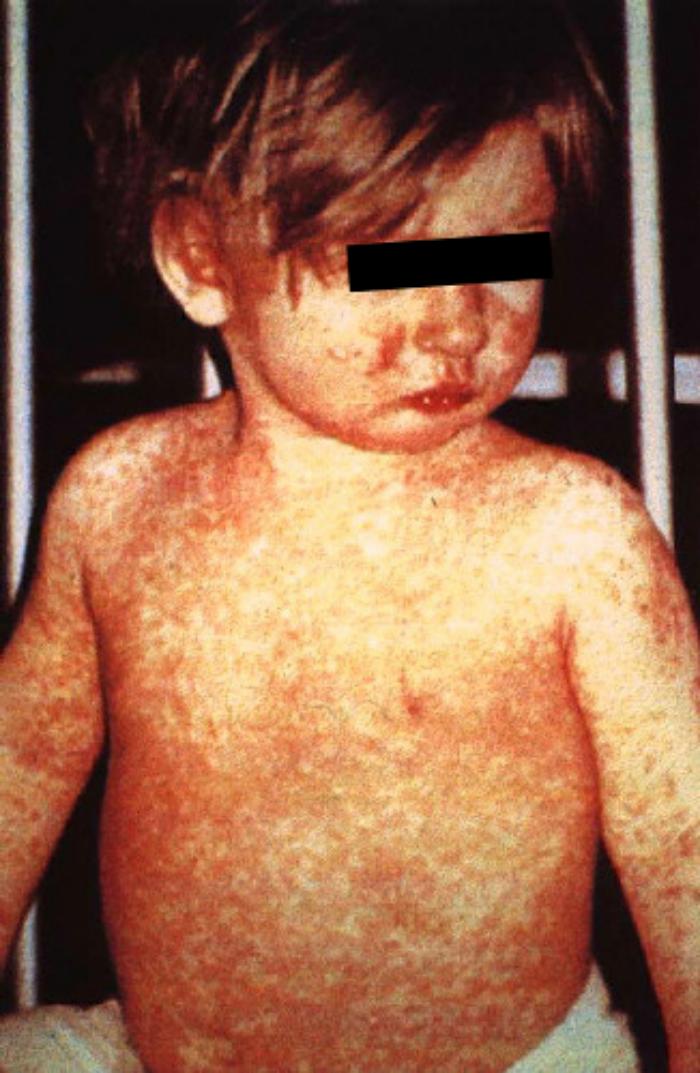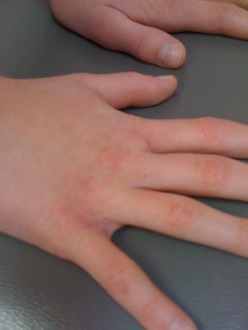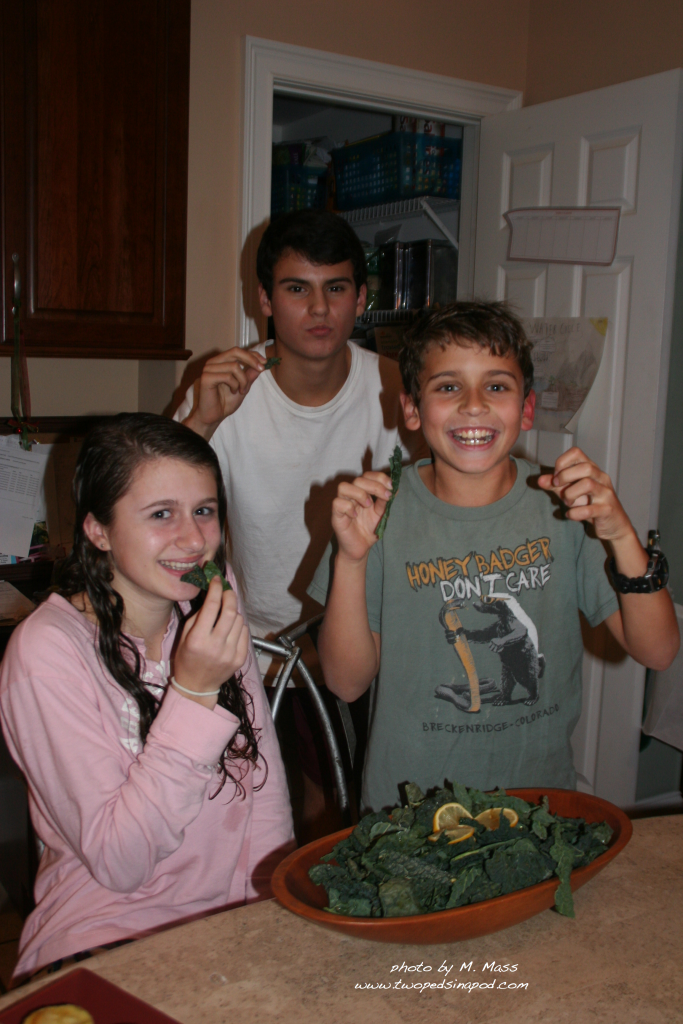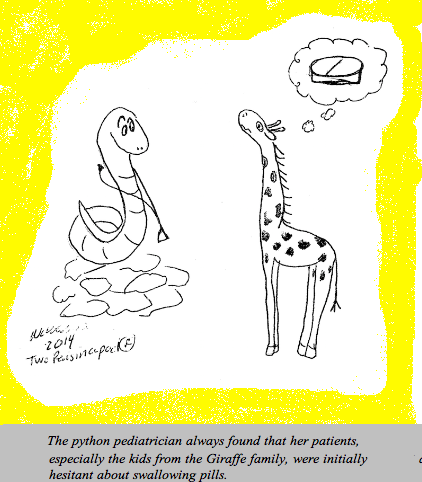Deception in Packaging: Navigating the Nutrition Information Highway
Today, we welcome Health Coach Mary McDonald’s insight on how to read food labels for nutritional content…
Have you ever stood in the cereal aisle staring at the rows and rows of choices and feeling like a deer in headlights? You know that you want to select a cereal that is healthy for your family, but you are not sure which one to choose. So, you start reading the nutrition claims on the front of the box. “Multi-grain. Low fat. Good source of vitamins and minerals. No high fructose corn syrup.” You select a cereal that you think is a good option, only to find out later that the first two ingredients are sugar and grains that are void of nutrition. Navigating the nutrition information highway can be extremely complex, even for an educated person.
One of the reasons for the confusion is the mass influx of marketing from major food manufacturers. According to the Federal Trade Commission, the 44 major food and beverage marketers spent $2.1 billion marketing food to youth in 2006. A second report in 2012 compared data from 2006 to 2009 and found that total spending on food marketing to youth dropped 19.5% to $1.79 billion. But, spending on new media, such as online and viral marketing, increased 50%. The report found that the overall picture of how marketers reach children did not change significantly.
With the major food manufacturers sending constant messaging about the health benefits of their products, a consumer can get very confused about what is healthy to eat. Couple this with the fact that most formal nutrition education ends when a person graduates from high school. Therefore, the major food manufacturer, whose purpose is to sell food, has become the nutrition education for our society. This creates a perfect storm and makes it really difficult to know what is healthy to purchase and consume. So, how we fix this problem? Here are a few quick tips that can help you navigate the nutrition hype:
- Don’t look at the front of the packaging to determine if a product is nutritionally sound. Remember, the claims on the packaging are designed to sell more products. In our fast-paced society, it’s easy to fall into this trap, but ignore the marketing because there is more reliable information in the ingredient list. Which brings me to my next point.
- Read the ingredient list. You may be surprised if you open your pantry and start to read the labels on the food sitting on your shelves. Many products contain ingredients that are difficult to pronounce, let alone know what they are. What is more concerning is the fact that some ingredients are deceptive in the way that they are represented. For example, enriched wheat flour sounds like a nutritious ingredient, but in reality it is a refined grain that is very similar to white flour. Enriched wheat flour is milled to strip the bran and germ and then some vitamins and minerals are added back in. When reading your labels, don’t be fooled into thinking that you are eating something packed with nutrition when you see enriched wheat flour. If you are looking for a nutritious grain, then look for labels that say whole-wheat flour, and make sure that it is one of the first ingredients on the label.
- Five is the magic number. Michael Pollan, the author of Omnivore’s Dilemma, suggests that you should not eat anything with more than five ingredients, or with ingredients you don’t recognize or can’t pronounce. In my opinion, this is singularly one of the best pieces of advice. When you use this rule of thumb, it will naturally lead you towards healthier foods with less additives and preservatives. For example, compare labels on snack bars. According to Eat This Not That, the “coating” on Special K Double Chocolate Protein Meal Bar is made with trans fats, soy, and sugar with a little cocoa processed with alkali, artificial flavor, polysorbate 60 and other artificial ingredients. And that’s just the outside! Then there are the “Chocolatey Chips,” which is market slang for “not real chocolate.” Instead they are just more sugar, soy, trans fats, and artificial flavors mixed with a little cocoa that’s been “alkalized,” a type of processing that destroys up to 75 percent of the healthy nutrients in the chocolate. Compare that snack bar to Clif Kit’s Organic Peanut Butter bar that has only four (yes, 4) ingredients: Organic Dates, Organic Peanuts, Organic Almonds, Sea Salt. I recognize all of those ingredients!
- Positive nutrition messaging. One of the best ways to achieve success in any goal is to surround yourself with positive messaging. I have connected with a variety of websites that provide great nutrition education. Eatright.org, a division of the Academy of Nutrition and Dietetics, and Nutritionaction.com, a division of Center for Science in the Public Interest, are two credible sources. Search for a site that fits your needs and sign up for free newsletters. The information will come to you and you can choose when and what to read. It’s that simple.
- Cook more at home. Yes, cooking at home can be one of the most effective ways to navigate the nutrition information highway. I realize that this is not always easy considering work, school, and sports schedules. But, it is important to make time for the things that matter most. What can be more important than the health of you and your family?Just like a major roadway, navigating the nutrition highway is complex. Fortunately, we live in a time when there are a variety of ways to receive information.
Mary McDonald, MA
©2015 Two Peds in a Pod®
Mary McDonald has a Masters of Education from Arcadia University and completed her health coach certification from Institute of Integrative Nutrition. She is a high school teacher, a mom of four daughters, and an advocate for healthy food choices. For more information on her health coaching services, please contact her at nutrition101withmary@gmail.com or visit her website at nutrition101withmary.com.
If you live in Bucks County, PA, the Doylestown Food Co-op will be hosting a screening of the documentary, Fed Up, hosted by Katie Couric. This is an eye-opening account of how we view the food that we consume. The screening takes place Thursday 3/26/15 at 7 pm at the County Theatre in Doylestown, PA.
